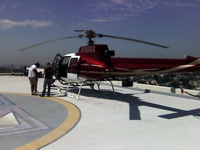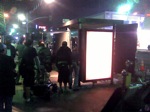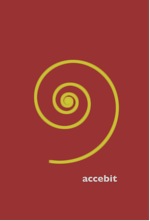 Ten years ago, I got my first paid screenwriting job, adapting Thomas Rockwell’s How to Eat Fried Worms into a script for Ron Howard and Universal. I went through four paid drafts over more than a year, and loved it.
Ten years ago, I got my first paid screenwriting job, adapting Thomas Rockwell’s How to Eat Fried Worms into a script for Ron Howard and Universal. I went through four paid drafts over more than a year, and loved it.
[Thomas Schlamme](http://imdb.com/name/nm0772095/) signed on to direct it. At the time, he was a mid-level TV director. Now, he’s a super-powered TV director. We went through a few drafts, but never really clicked.
Ultimately, [Bob Dolman](http://imdb.com/name/nm0231190/) was brought in to rewrite my script. I was devastated, but fortunately had found other projects to keep my rent paid. I kept my eye on Worms over the years, as…
* Schlamme fell off
* Universal put it into turnaround
* Nickelodeon picked it up
* Nickelodeon let it go
I assumed it was finally, really gone when one day I was reading Mike Curtis’s [blog](http://www.hdforindies.com/), in which he noted that a movie called HOW TO EAT FRIED WORMS was shooting behind his house in Austin.
It turned out that Bob Dolman was directing from the script he (re-)wrote. Walden Media was financing it, which seemed smart, because they’d had great success adapting kid’s lit into movies. When filming was finished, I had the opportunity per WGA rules to seek screenwriting credit, but I passed. A quick look at the script showed that it didn’t much resemble what I had written. Which is no veiled slam at Dolman — he just did his own thing.
The [movie](http://imdb.com/title/tt0462346/) came out last month, and fared poorly. I didn’t see it, but what little I read about it didn’t have me rushing to the theatre.
Now that it’s out and has done its thing, I feel better adding my original script to the [Downloads](http://johnaugust.com/downloads) section. This is the fourth of the four drafts I held onto. At 120 pages, it seems long to me, but that was probably a factor of its lengthy development. I originally wrote it in Microsoft Word; this version has been converted to Final Draft and then exported as a .pdf.
So, if you’re interested, you can find it [here](http://johnaugust.com/downloads/#worms).



 The bulk of our art department came from Veronica Mars, which has been back in production for over a month. Since the original crew wasn’t available, I got to rock my inner design geek and handle the printed graphics myself, something I haven’t done since college.
The bulk of our art department came from Veronica Mars, which has been back in production for over a month. Since the original crew wasn’t available, I got to rock my inner design geek and handle the printed graphics myself, something I haven’t done since college.